Hevajra bronze circa 13th century, Northeastern Thailand | THAILAND 🇹🇭
โพสท์โดยเหวัชระ ©️credit: Cleveland Museum of Art.
Hevajra (ཀྱེའི་རྡོ་རྗེ་) was an important figure signaling the practice of Buddhist rituals.
The iconography of Hevajra is described in detail in a text that bears his name, the Hevajra-Tantra, first composed in India probably in the 800s.
Hevajra has eight heads, sixteen arms, and four legs. His left hands hold images of Indic gods; wealth, death, sun, moon, fire, wind, water, and earth. In his right hands are animals: bull, lion, human, cat, camel, sheep, horse, and elephant.
They all sit in skull cups, objects also used in tantric rituals. He dances on a corpse that embodies ignorance and is surrounded by eight yoginis who dance triumphantly in a ring around him.
Yoginis functioned as intercessors between human practitioners and enlightened beings.
Many bronze images of Hevajra were made during the reign of Jayavarman VII, but few survive in as pristine condition as this example.
According to scientific analysis and curatorial reports, this sculpture survived in a clay vessel submerged in water, which accounts for its high tin content and unusual gray patina.
Samples from the clay core reveal the presence of the mineral feldspar, a characteristic of clay from the Isaan plateau, on the other side of the mountain range not far from Banteay Chhmar, in present-day Thailand.



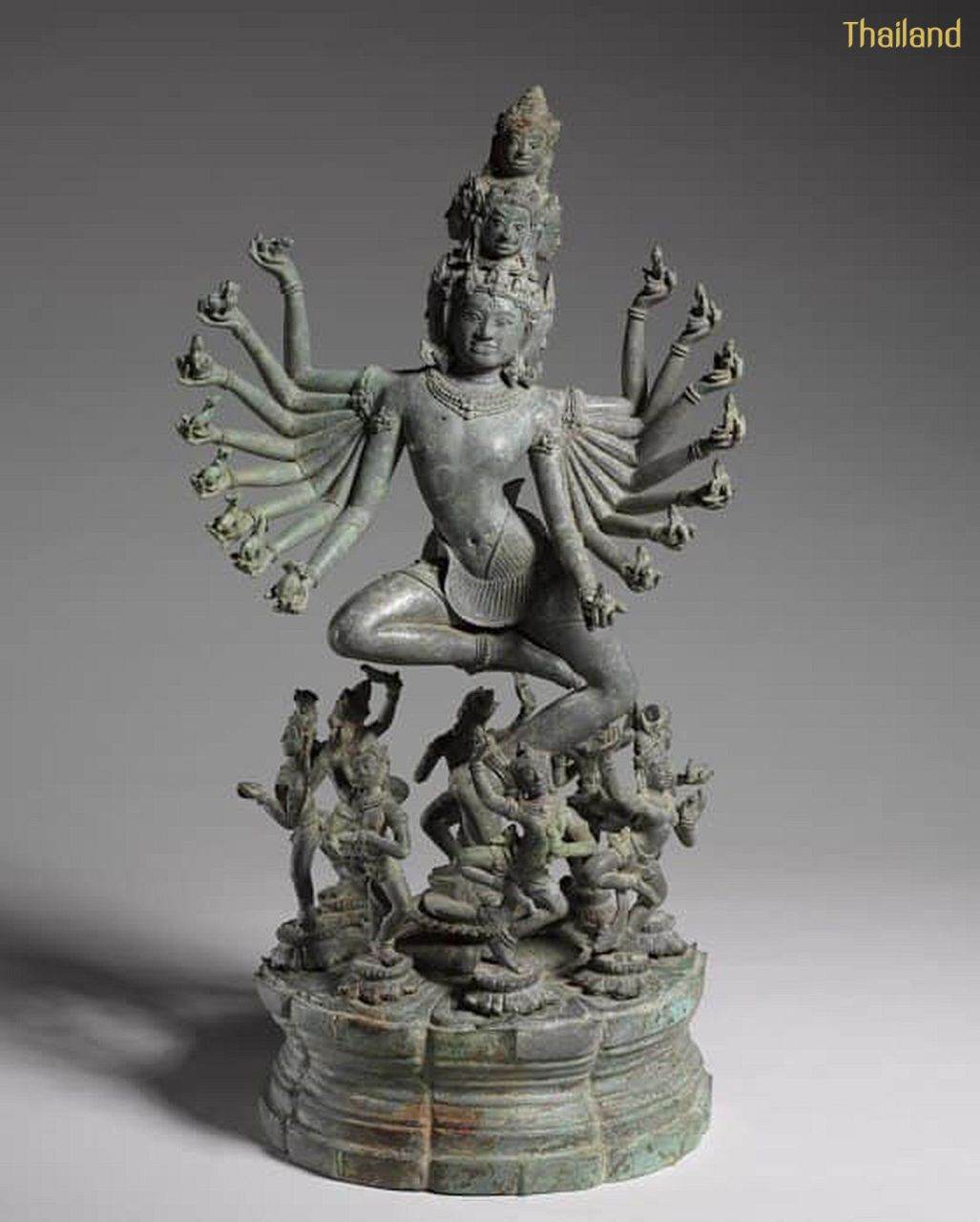
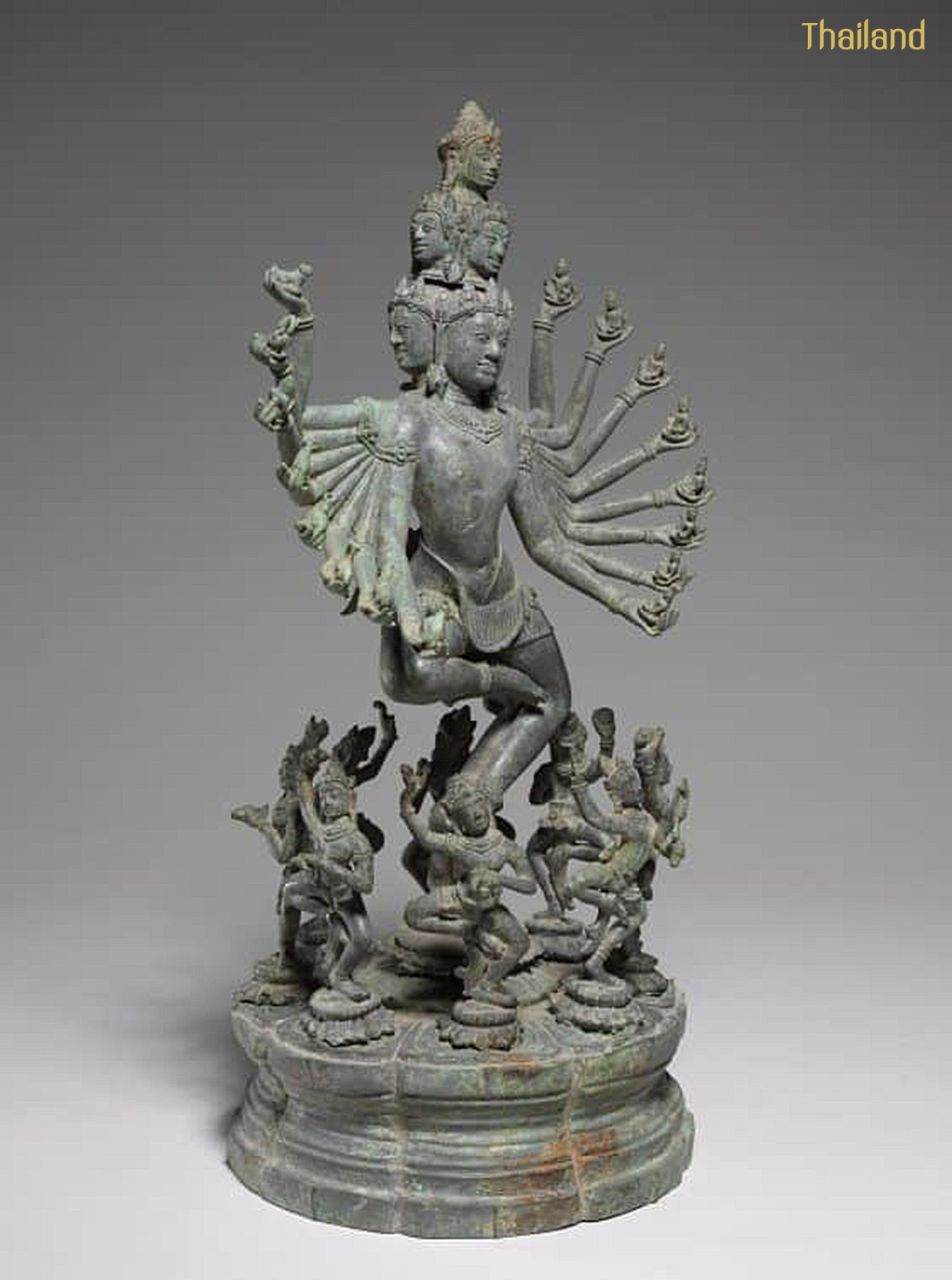
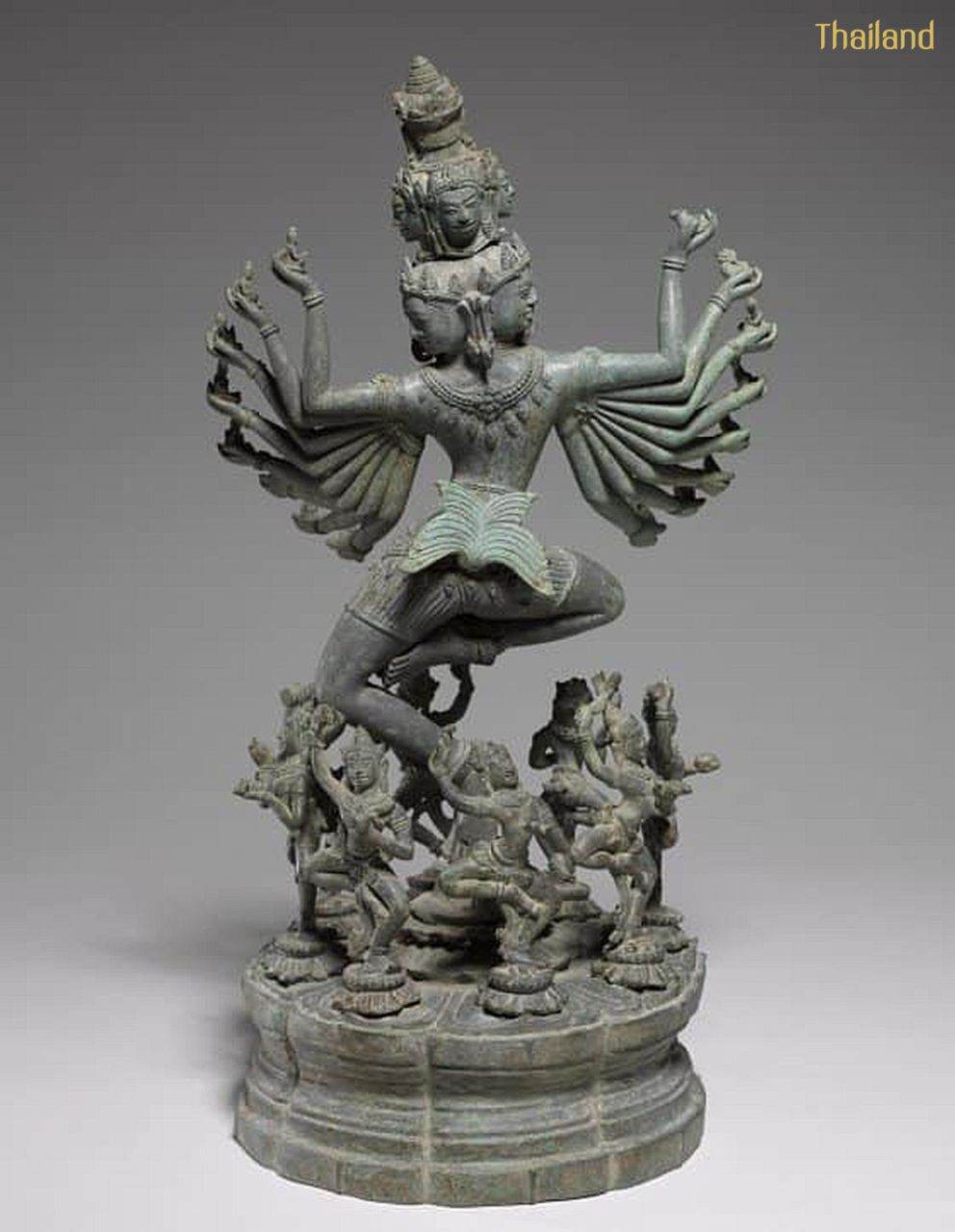
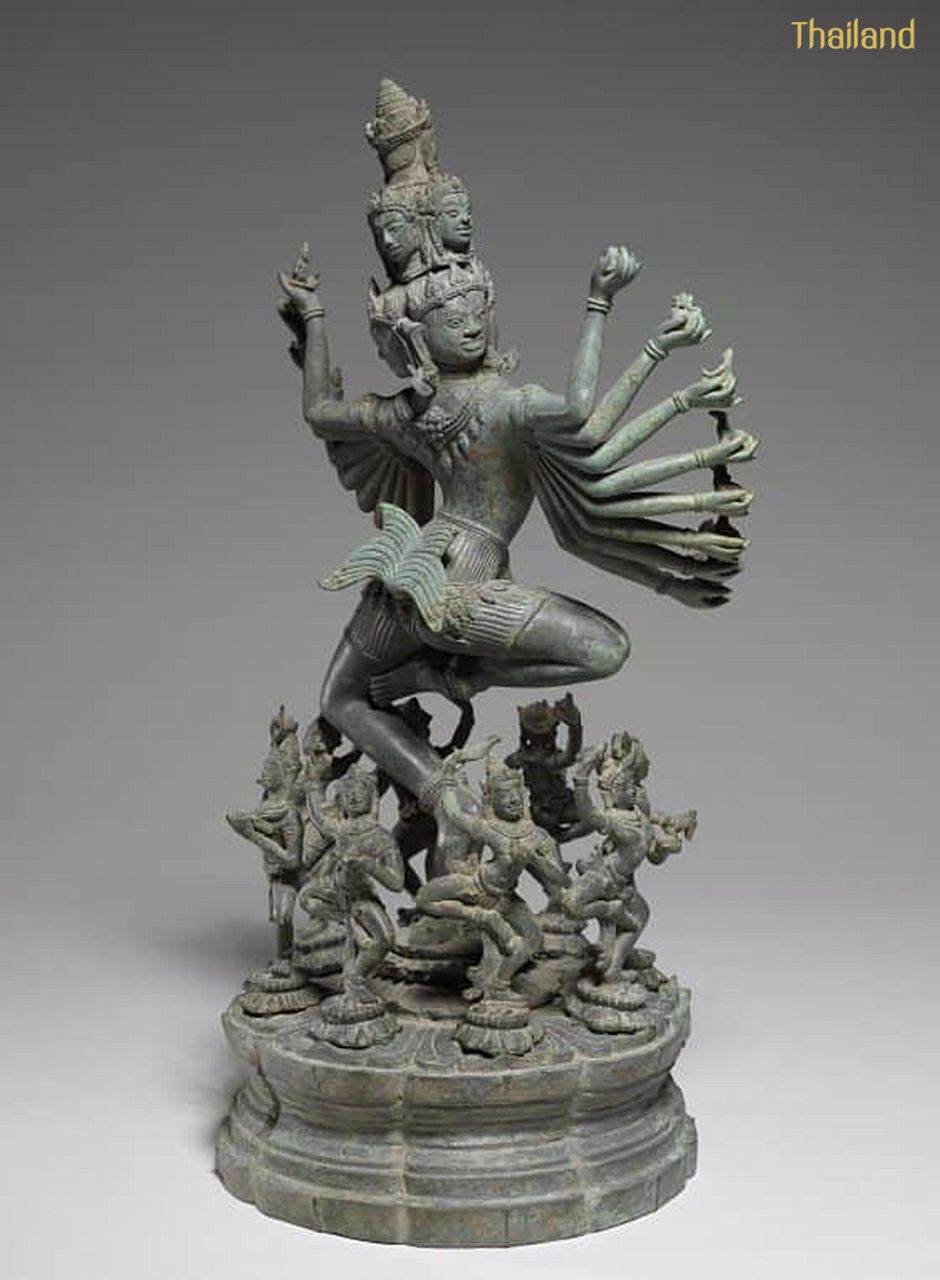
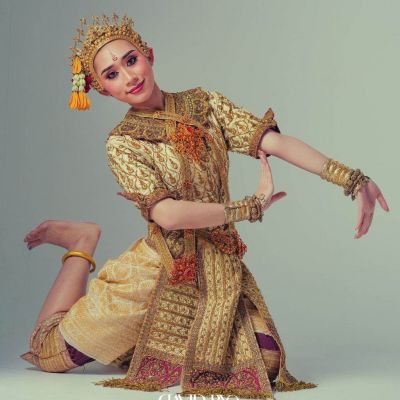 Thai dance | THAILAND 🇹🇭
Thai dance | THAILAND 🇹🇭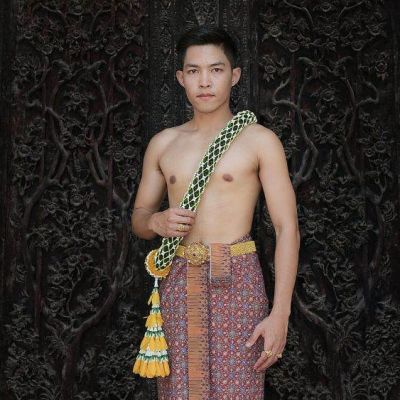 THAILAND 🇹🇭 | "Malai Krui - มาลัยครุย" Traditional Thai Flowers Art
THAILAND 🇹🇭 | "Malai Krui - มาลัยครุย" Traditional Thai Flowers Art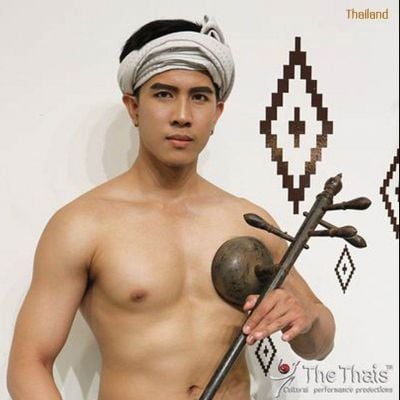 PHIN PIA (พิณเปี๊ยะ) Thai Lanna Musical Instrument | THAILAND 🇹🇭
PHIN PIA (พิณเปี๊ยะ) Thai Lanna Musical Instrument | THAILAND 🇹🇭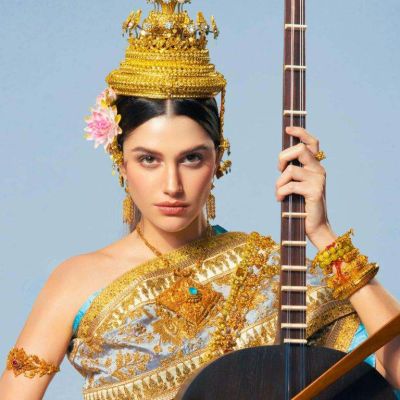 🇹🇭 THAILAND | Nang Songkran 2023: Kimita Devi 💦
🇹🇭 THAILAND | Nang Songkran 2023: Kimita Devi 💦